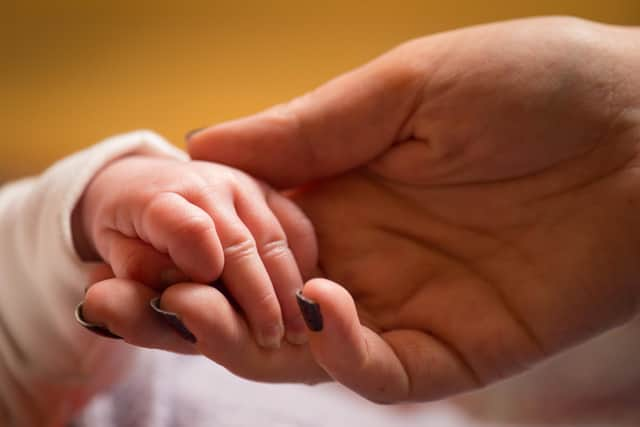Life expectancy for boys in Dacorum fell following the pandemic, but it increased for girls
and live on Freeview channel 276
Dacorum has seen a decrease in life expectancy for boys, new figures show, but girls are expected to live longer than before.
On average, life expectancy for those born between 2020 and 2022 was lower than in 2017 to 2019 in England, Northern Ireland and Wales.
Advertisement
Advertisement
Experts said the decrease has been driven by the pandemic, which led to increased mortality in 2020 and 2021.


Office for National Statistics (ONS) figures show life expectancy for boys born between 2020 and 2022 was 80.4 years – a decrease from 81.7 years in 2017 to 2019, before the pandemic.
However, life expectancy for girls born in the same period increased to 84.3 years compared to 84.1.
Overall, life expectancy at birth in the UK was 78.6 years for males and 82.6 years for females – a fall from 79.3 and 83 years.
Advertisement
Advertisement
But a fall in life expectancy doesn’t mean a baby born between 2020 and 2022 will live a shorter life than one born in earlier periods.
A person’s average lifespan is determined by changes in mortality rates across their lifetime, meaning if they improve, life expectancy will go back up.
ONS spokesperson Julie Stanborough said there’s also a clear geographical divide.
She added: “None of the 10 local areas with the highest life expectancy were located in the north of England, Wales or Northern Ireland.
Advertisement
Advertisement
“By contrast, of the 10 local areas with the lowest life expectancy, none were in the south of England.”
There was a gap of more than a decade between the local areas with the highest and lowest male life expectancy, and more than seven years between the top and bottom areas for female life expectancy.
Male life expectancy was the highest in Hart, Hampshire, at 83.7 years, while Kensington and Chelsea had the highest female life expectancy, at 86.3 years.
Veena Raleigh, of The King’s Fund charity, which works to improve health and care in England, said inequality has widened due to the disproportionate impact of Covid-19 on those in deprived areas.
Advertisement
Advertisement
She added: “Differences in life expectancy are driven by socio-economic inequalities, including levels of income, education, housing and employment, with people in more deprived areas having significantly shorter lives on average than people in less deprived areas.
“Bold strategies for reducing deadly risk factors such as smoking and obesity, earlier diagnosis and treatment of ill-health and a cross-government strategy for tackling the determinants of ill-health in poor communities should be top priorities – because behind these statistics are the devastating impacts they have on individuals, families, communities and society at large.”
In 2020 to 2022, the English regions with the highest and lowest male life expectancy, were the South East (80.1 years) and the North East (77.2 years), while the figure is 79.8 years in the East of England.
Meanwhile, the areas with the highest and lowest female life expectancy were the South West (83.9 years) and the North East (81.2 years). In the East of England the average was 83.5 years.
Advertisement
Advertisement
David Finch, assistant director of healthy lives at the Health Foundation, said: “Improving health, and reducing inequalities, needs long-term cross-government action – across the building blocks of health, such as good-quality jobs and housing, as well as wider public services.”